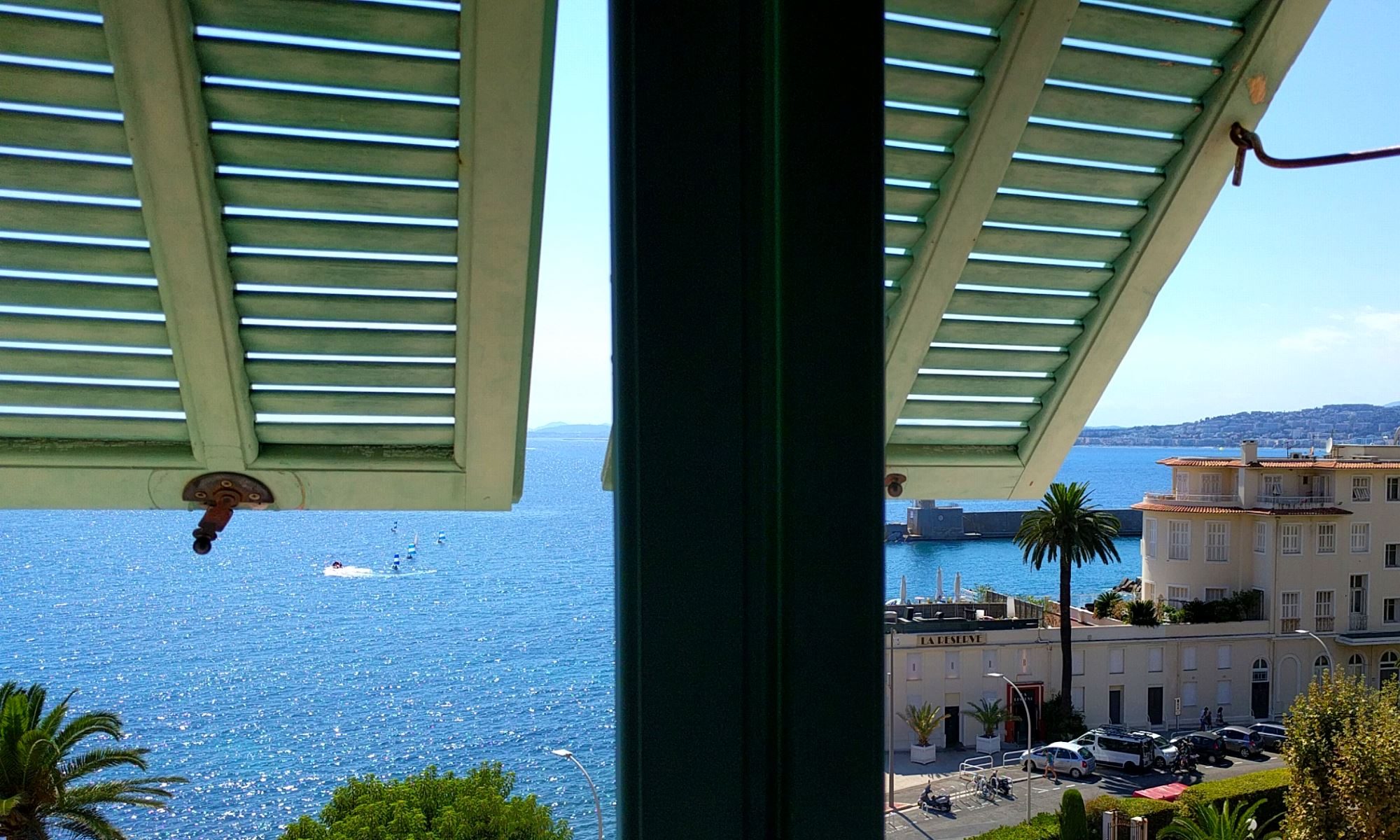Peter Krok is the editor of the Schuylkill Valley Journal and serves as the humanities/poetry director of the Manayunk Roxborough Art Center where he has coordinated a literary series since 1990.
His poems have appeared in more than one hundred publications including the Yearbook of American Poetry, America, Midwest Quarterly, Poet Lore, Potomac Review, Fulcrum, Think Journal and in 2005 his poem “10 PM At a Philadelphia Recreation Center” was included in Common Wealth: Contemporary Poets on Pennsylvania (published by Penn State University). His book Looking For An Eye was published by the Foothills Press in 2008.
AN ELEGY TO FEDERICO GARCIA LORCA
Troubadour of passion
and your passionate Cordoba,
Cordoba, where you never arrived
with olives in your saddlebags
though you knew all the roads.
Spanish troubadour,
I discovered your voice,
your voice of many lamentations
and its roaring like a river through my veins.
From your Andalusian plains I hear
the echo of your plaintive Spain —
the thirst of the Catalonian farmer,
the sorrow of the black robed mother,
the hum of the Gaudalquivir River,
the loneliness of the southern rain,
the fig tree and the silver moon.
You understood the gypsies and their wonder
across the hills of Granada, Granada,
“the city that sighs for the sea.”
Federico, as you sang of the bull and Ignacio,
your brave friend and matador,
I sing of you.
The blood of Spain is in your wounds,
the wounded colors of your love —
the red bleached hills of Granada,
dying orange sunset of Alameda,
white walls of the Alhambra,
umber wheatfields of Malaga.
I wept and waited in the night
for a dream but there is no dream,
there is only the reaching.
Lorca, somewhere over the rim
of this widening orb,
you lay buried by the stone
of an unmarked grave, but you are not silent
you speak from the five strings of your weeping.
The flood of your song overwhelms me
like the lips of the tide.
JOURNEYING WITH JACK
(Reflection on Jack Gerber’s painting
“Jason and the Argonauts” which consists
of three figures on a boat putting sail.)
Let us go then, Jack. It’s you and me
and Jason. We’re our own Argonauts.
Where will it take us? What destination?
Ithaca? The Golden Fleece? A land out west?
Will someone hear us shout Eureka?
Or will it be the rocks? Our skin
at the end of a blade? Or a whisper?
Play it again. Play it again, Sweet Orpheus.
Make the sound remembered.
What adventure waits? Let’s take wind and sail.
It may be we’ll see the Happy Isles
and greet the great Achilles.
Maybe the gulfs will wash us down.
It’s not for us to know where it will take us.
The ship is moving. It’s in the current.
Look! We’re not the only ones aboard the craft.
A bunch of mates have left the hold.
A lot of other eyes stare this way too.
THE SCULPTOR
The irony intrigues me when intentions
in spite of themselves have results
far different than expectations.
Unfinished figures in the vault
rising out of marble, inchoate,
in the sixteenth century they called it
“The Tragedy of the Tomb.”
Meant for the resting place of Pope Julius,
these Renaissance fragments, marble
remains still awaiting a chisel, serve
as reminders of a Vatican intrigue.
David’s maker was too much
on the lips of patrons and papal court.
To reap their craft more attention,
two rivals, Rafael and Bramante,
sat up nights conniving to fix the sculptor
in a task beyond a stonecutter’s craft.
Convincing Julius a tomb built
in one’s lifetime was not good luck,
they brought the Pontiff a proposal.
The sculptor, leaving the tomb construction,
should fresco the ceiling of the private
chapel used for papal elections.
For three years, the chapel was closed
to visitors including the pope.
There, cloistered with palette,
brush and imagination, the sculptor
stretched his back on a scaffold
and painted the story
of creation.
Poetry in this post: © Peter Krok
Published with the permission of Peter Krok

